ZCZC MIATCPAT3 ALL
TTAA00 KNHC DDHHMM
BULLETIN
Potential Tropical Cyclone Eight Intermediate Advisory Number 3A
NWS National Hurricane Center Miami FL AL082024
800 AM EDT Mon Sep 16 2024
...STRONG WINDS AND HEAVY RAINS SPREADING ONSHORE ACROSS PORTIONS
OF SOUTHEASTERN NORTH CAROLINA...
SUMMARY OF 800 AM EDT...1200 UTC...INFORMATION
----------------------------------------------
LOCATION...32.7N 78.2W
ABOUT 85 MI...140 KM S OF CAPE FEAR NORTH CAROLINA
ABOUT 100 MI...160 KM E OF CHARLESTON SOUTH CAROLINA
MAXIMUM SUSTAINED WINDS...50 MPH...85 KM/H
PRESENT MOVEMENT...NW OR 325 DEGREES AT 3 MPH...6 KM/H
MINIMUM CENTRAL PRESSURE...1005 MB...29.68 INCHES
WATCHES AND WARNINGS
--------------------
CHANGES WITH THIS ADVISORY:
None.
SUMMARY OF WATCHES AND WARNINGS IN EFFECT:
A Tropical Storm Warning is in effect for...
* Edisto Beach, South Carolina northward to Ocracoke Inlet, North
Carolina
A Tropical Storm Warning means that tropical storm conditions are
expected somewhere within the warning area, in this case within the
next 12 hours.
For storm information specific to your area, including possible
inland watches and warnings, please monitor products issued by your
local National Weather Service forecast office.
DISCUSSION AND OUTLOOK
----------------------
At 800 AM EDT (1200 UTC), the disturbance was centered near latitude
32.7 North, longitude 78.2 West. The system is moving toward the
northwest near 3 mph (6 km/h). A faster motion toward the northwest
or north-northwest is expected today and Tuesday, followed by a
gradual turn toward the north by Wednesday. On the forecast track,
the low will reach the coast of South Carolina this afternoon and
then move inland across the Carolinas tonight through Wednesday.
Maximum sustained winds are near 50 mph (85 km/h) with higher gusts.
Little change in strength is expected before the system reaches the
coast, and the low still has a chance of becoming a tropical or
subtropical storm. Weakening is forecast after the system moves
inland, and it is likely to dissipate over the Carolinas by late
Wednesday.
* Formation chance through 48 hours...medium...60 percent.
* Formation chance through 7 days...medium...60 percent.
Tropical-storm-force winds extend outward up to 175 miles (280 km)
from the center. Doppler radar data and surface observations
indicate strong winds are nearing the coast and will spread onshore
during the next few hours. NOAA buoy 41013 at Frying Pan Shoals,
North Carolina recently reported a sustained wind of 47 mph (76
km/h) and a gust of 56 mph (91 km/h). NOAA buoy 41037 offshore of
Wrightsville Beach, North Carolina recently reported a sustained
wind of 38 mph (61 km/h) and a gust of 54 mph (87 km/h).
The estimated minimum central pressure is 1005 mb (29.68 inches).
HAZARDS AFFECTING LAND
----------------------
Key messages for Potential Tropical Cyclone Eight can be found in
the Tropical Cyclone Discussion under AWIPS header MIATCDAT3 and WMO
header WTNT43 KNHC.
WIND: Tropical storm conditions are expected within the warning
area through late this afternoon or evening.
STORM SURGE: The combination of a storm surge and the tide will
cause normally dry areas near the coast to be flooded by rising
waters moving inland from the shoreline. The water could reach the
following heights above ground somewhere in the indicated areas if
the peak surge occurs at the time of high tide...
South Santee River, SC to Oregon Inlet, NC... 1-3 ft
Neuse and Bay Rivers, NC... 1-3 ft
Pamlico and Pungo Rivers, NC... 1-3 ft
The deepest water will occur along the immediate coast near and to
the east of the landfall location, where the surge will be
accompanied by large and dangerous waves. Surge-related flooding
depends on the relative timing of the surge and the tidal cycle, and
can vary greatly over short distances. For information specific to
your area, please see products issued by your local National Weather
Service forecast office.
For a complete depiction of areas at risk of storm surge
inundation, please see the National Weather Service Peak
Storm Surge Graphic, available at
hurricanes.gov/graphics_at3.shtml?peakSurge.
RAINFALL: Potential Tropical Cyclone Eight will bring 4 to 8 inches
of rainfall, with isolated totals near 10 inches, across portions of
northeast South Carolina into southeast North Carolina today into
tonight. Across the remainder of North Carolina, 2 to 4 inches of
rainfall, with isolated totals near 6 inches, are expected through
Tuesday. Over much of Virginia, 1 to 3 inches of rainfall, with
locally higher amounts, are expected tonight through Wednesday.
This rainfall could lead to a risk of flash and urban flooding and
minor river flooding.
For a complete depiction of forecast rainfall associated with
Potential Tropical Cyclone Eight, please see the National Weather
Service Storm Total Rainfall Graphic, available at
hurricanes.gov/graphics_at3.shtml?rainqpf and the Flash Flood Risk
graphic at hurricanes.gov/graphics_at3.shtml?ero.
TORNADOES: A couple of tornadoes may occur through this evening
across the eastern Carolinas.
SURF: Swells are forecast to affect portions of the coast of the
southeastern United States during the next couple of days. These
swells are likely to cause life-threatening surf and rip current
conditions. Please consult products from your local weather office.
NEXT ADVISORY
-------------
Next complete advisory at 1100 AM EDT.
$$
Forecaster Reinhart
NNNN
830
WTNT43 KNHC 160845
TCDAT3
Potential Tropical Cyclone Eight Discussion Number 3
NWS National Hurricane Center Miami FL AL082024
500 AM EDT Mon Sep 16 2024
The structure of the area of low pressure off the coast of South
Carolina has seemingly become less organized during the past few
hours. Proxy-visible satellite imagery indicates that the
low-level circulation is elongated from northeast to southwest, and
the center has not become well defined. The associated deep
convection has a generally linear orientation and has been
displaced farther to the north and east of the center due to strong
upper-level winds. Lastly, an Air Force Reserve Hurricane Hunter
aircraft still measured a 2-3 degree Celsius temperature difference
at 850 mb from north to south, indicating that the frontal boundary
is diffuse but not totally gone. Therefore, the low is still not a
tropical or subtropical cyclone. That said, the plane measured a
peak wind of 54 kt at 6000 ft in the convection well northeast of
the center, suggesting that the current intensity is about 45 kt.
The low is drifting northwestward (325 degrees) at 3 kt, gradually
approaching the South Carolina coast. A faster motion toward the
northwest is expected to occur today as the low moves between
mid-level high pressure over the northeastern U.S. and a trough
over the southeastern U.S. The NHC track forecast shows the low
crossing the coast later this afternoon, which is shown by most of
the track models. The GFS remains the notable outlier since it
initialized the low too far to the northwest and consequently has
it crossing the coast around sunrise. After moving inland, the low
is expected to continue moving slowly northwestward and then
northward over the Carolinas through Wednesday. The new track
forecast has been nudged westward from the previous forecast,
although there is a modest amount of uncertainty given the
ill-defined nature of the center.
The chances of the system becoming a tropical or subtropical
cyclone may be starting to decrease given the current structure, and
since it only has another 12 hours or so before moving inland.
Most of the intensity guidance also suggests that the maximum winds
should gradually decrease as the low approaches the coast, although
tropical-storm-force winds are still expected to occur within the
warning areas today. Further weakening is forecast after the
system moves inland, and it will likely dissipate over the Carolinas
by late Wednesday.
Key Messages:
1. Tropical storm conditions are expected along portions of the
coasts of South Carolina and North Carolina within the Tropical
Storm Warning area through this evening.
2. The system will bring the potential for locally considerable
flash and urban flooding and minor river flooding across southeast
North Carolina and northeast South Carolina through tonight. There
is also a risk of isolated flash and urban flooding across much of
the Mid-Atlantic region through Wednesday.
3. Coastal flooding and high surf are likely along portions of
the southeastern U.S. coast over the next day or two.
FORECAST POSITIONS AND MAX WINDS
INIT 16/0900Z 32.4N 78.3W 45 KT 50 MPH...POTENTIAL TROP CYCLONE
12H 16/1800Z 33.0N 79.0W 40 KT 45 MPH...TROPICAL CYCLONE
24H 17/0600Z 33.7N 79.8W 30 KT 35 MPH...INLAND
36H 17/1800Z 34.5N 80.6W 20 KT 25 MPH...POST-TROP/REMNT LOW
48H 18/0600Z 35.2N 81.0W 15 KT 15 MPH...POST-TROP/REMNT LOW
60H 18/1800Z 35.7N 81.1W 15 KT 15 MPH...POST-TROP/REMNT LOW
72H 19/0600Z...DISSIPATED
$$
Forecaster Berg
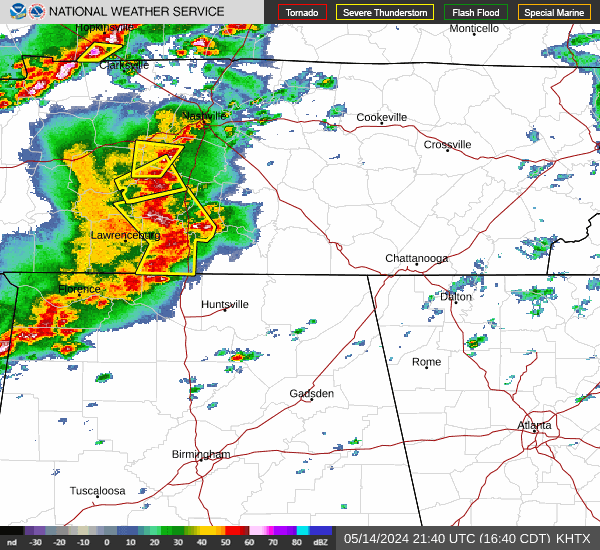
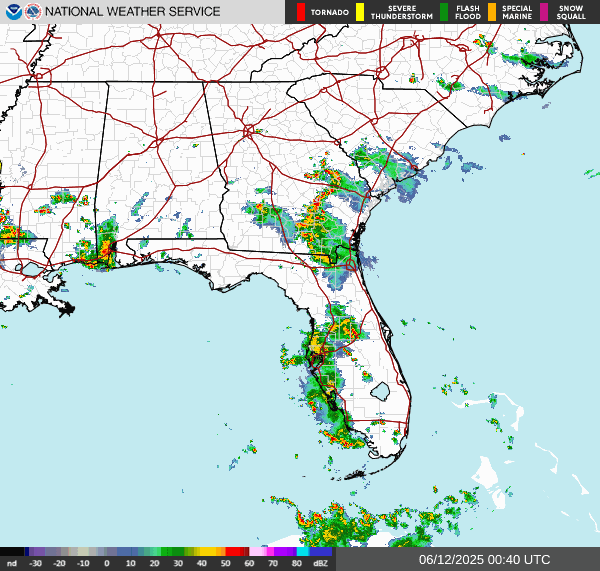


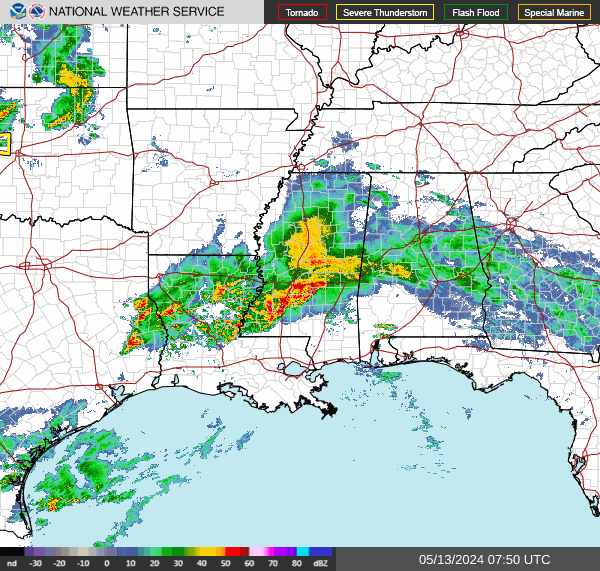
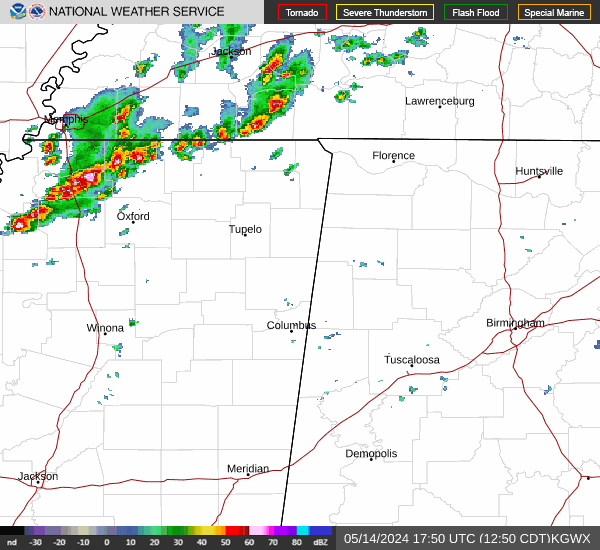
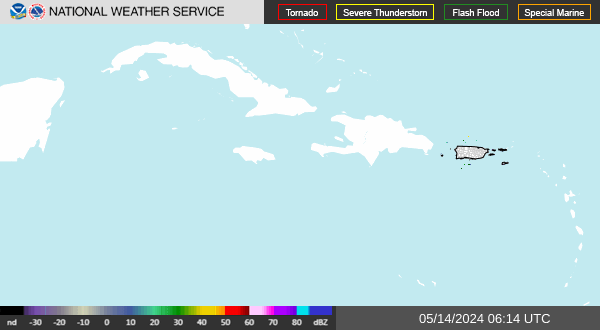



No comments:
Post a Comment